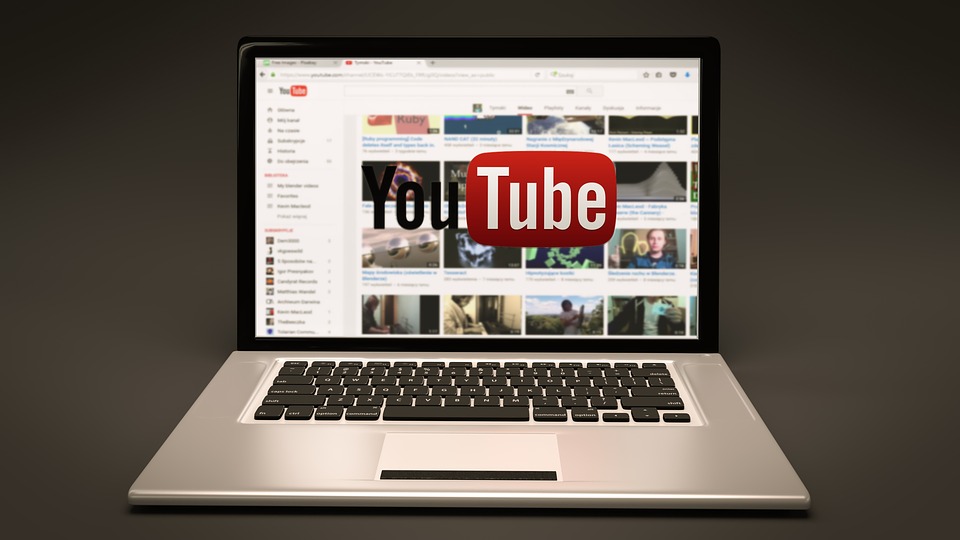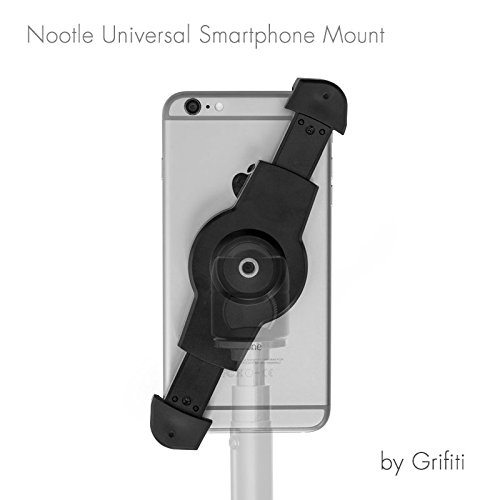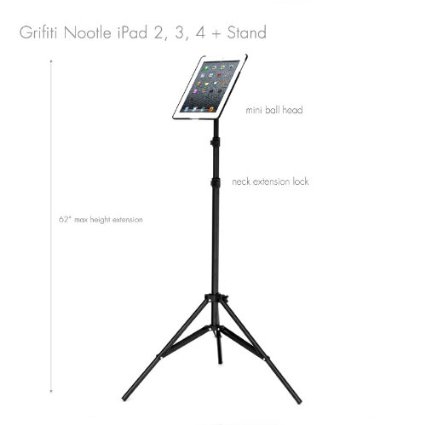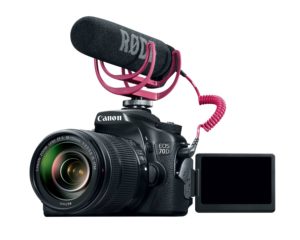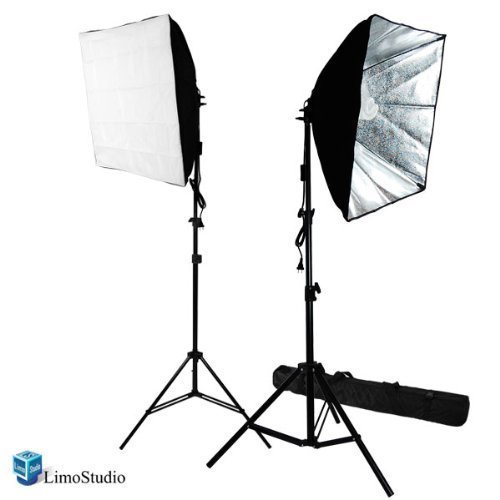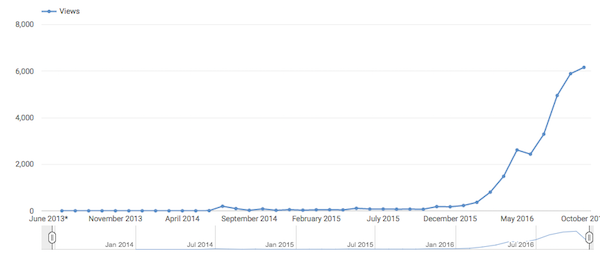We’ve all seen some of the popular YouTubers out there vlogging about their daily life, putting up funny short clips, and even talking about politics. But, there hasn’t been much said about starting a business channel on YouTube.
When I was going about starting my own first YouTube channel, I had no idea where to start! I didn’t know what type of video camera I should buy, how to monetize the videos, or how to get my first views and subscribers.
This is the introduction that I wish I had when I first started my YouTube business channel. I hope you find it to be helpful!
The Equipment You Will Need
I don’t like spending money, and I don’t like buying extraneous accessories. When I first started my channel, I had one goal in mind. I wanted to see whether or not this was something I was going to devote more time and energy to in the months ahead.
That’s why, initially, I was using my iPhone to film all of my videos, along with a tripod and mount that would let me film them hands free. As you can see below, I started with the Grifiti Nootle Universal Phone Tripod Mount and Grifiti Nootle iPad Tripod Mount and Stand.
Haha, I had no idea what I was doing. I had never purchased any camera-related equipment up until that point. And yes, I realize that that tripod is made for an iPad, not an iPhone. Despite my lack of knowledge, I was able to use this setup to create videos. You can see one of my horrible early videos below.
Oh boy, I cringe just watching that video. It’s sooo bad. But, the quality wasn’t exactly terrible. Obviously, it could have been better, but it was enough to begin experimenting on YouTube.
I quickly realized that the key to great video quality is actually lighting and audio. If my audio sounds echoey, no one is going to want to watch the videos I put out.
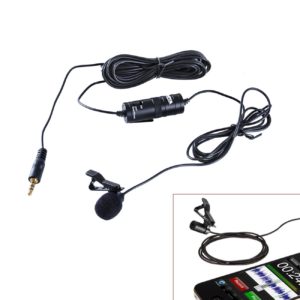 To remedy this problem, I purchased a microphone that I could use with my iPhone called the BOYA BY M1 Lavalier Microphone, which you can see to the left.
To remedy this problem, I purchased a microphone that I could use with my iPhone called the BOYA BY M1 Lavalier Microphone, which you can see to the left.
This microphone made it so that I didn’t have to shout so loudly for the audio to be picked up and recorded by my phone. It was also relatively easy to attach to my shirt, so I didn’t have to worry about holding anything.
To give you an idea of what the audio quality sounded like and how I came across with this microphone, I’ll link you to an early YouTube video that I put out down below.
This video is also cringeworthy haha. But, it does give you an idea of what my setup was like. I had published this video on my other YouTube channel, not my main one.
Around this time, I saw that I was starting to get views and subscribers. I decided that I wanted to make YouTube a bigger part of my business. I decided to invest in some premium gear to really improve the channel.
The first thing that I did was look at some high quality lights that would allow me to film at any time of the day. I knew that good lighting was one of the biggest contributors to a great looking video. I ended up purchasing the LimoStudio 700W Photography Softbox Light Lighting Kit. After a lot more research, I invested in the Canon EOS 70D Video Creator Kit.
Jackpot! This is the setup that I’m still using and that I’ve found to work perfectly for all of my filming needs. I also have a basic tripod for the camera for when I want to film outdoors.
To give you an idea of the video quality, I’ll link to a YouTube video below that I recently put out using this camera.
I’m very happy with the video quality. Still, if I had to do it again, I’d still buy the other products. I wasn’t sure whether or not I’d be doing YouTube long-term and I didn’t want to invest too much money before I was sure of that.
How to Decide on Your Niche
If you’re going to be starting a business YouTube channel, you need a niche. A niche simply refers to your target audience. Who are you making these videos for?
Typically, most business channels are going to be educational or informational. The host will be teaching a particular subject or they’ll be providing commentary on news and how that relates to the viewer.
When deciding on a niche, ask yourself:
- What problems are these individuals experiencing in their daily life
- What problems are they attempting to solve.
This will help guide the topics that you choose to make videos about. It will also give you product ideas! These are products that you can create to further assist this audience with problems they experience in their daily life.
You should also to begin to research existing products that are out there in the marketplace. Where do these products fall short? How can you add value to people who watch your videos?
As much as I’d like to say that you can “make videos about anything,” the size of your target market and their willingness to pay for solutions for the problems will dictate how much money you can make in the long run.
One of the biggest mistakes that I’ve made in my online business career is to start things because I thought they’d be popular. It could be a YouTube channel or a blog. They have always failed. That’s because I wasn’t passionate enough about the subject to keep producing content. Make sure that you’re passionate about whatever you decide to start a channel around.
How to Make Money on YouTube
There are two ways that you can make money on YouTube. First, you could earn an income from Google’s Adsense program. Whenever someone clicks an advertisement on your video, or watches an advertisement, you’ll be compensated. You can expect anywhere from $1 – $3 per 1,000 views. In my opinion, this is the least realistic way to earn a healthy income from YouTube.
The second way is the strategy I’m using with YouTube, and that’s to view it as content marketing. This is similar to blogging. I’m putting out free content to develop an audience. I’m directing traffic with my videos to products and email funnels that sell products to monetize my channel. Of course, you could also create physical products or “swag” that your audience can purchase.
There are other ways that you can monetize your business channel, but these are the main ways that I have seen.
Overall, the reason that I say it’s probably better to create a product, rather than to rely on advertising income, is that business channels usually don’t receive nearly as many views as entertainment channels. Some entertainment channels can pull in a consistent 100,000+ daily views. That’s a huge number of views. Even the famous business YouTuber, Gary Vaynerchuk, only sees 30-50k on most videos.
How to Get Video Views and Subscribers
I wrote an article on how I got my first 500 subscribers and 30k video views. To sum it up, you’re going to need to drive the traffic to your videos initially. I personally did this by posting my videos in LinkedIn groups, Google+ groups, and Facebook groups. I also shared my videos on social media including Twitter, Facebook, Instagram, and teased them on SnapChat. Finally, I sent traffic to these videos through my email newsletter.
This traffic promotion strategy has paid off. Also, the more that I drove relevant traffic to my videos, the more subscribers I got and the more the YouTube marketplace took notice. I started to get organic search traffic from YouTube itself.
I think that the most powerful way that you can drive traffic to a new YouTube video is through your email newsletter. If you don’t have one, set one up! You can do that with MailChimp or Aweber.
Remember that only a certain number of video viewers will convert into subscribers. It’s extremely important that you remind them to subscribe to your channel. Remind them as you’re speaking in the video and include call-to-action buttons, like annotations and cards. This will improve your conversion rate in terms of the number of people that convert into subscribers.
Automate Away Consistency
The number one reason that people give up on new blogs, podcasts, projects, and YouTube channels is that they’re not consistent. They’re excited enough to start the channel, but not driven enough to follow through. After all, uploading new videos on a consistent basis can sometimes be draining and boring.
Rather than falling into this trap, automate away consistency. Pre-schedule videos to go out weeks in advance! This way, you don’t have to remember to upload them and post them. They’ll be posted automatically.
If you’re going to be releasing one new YouTube video per week (I recommend 2 to start with), then make sure that you have a least 1 month’s worth of videos. Schedule the videos to go out in advance. This will help you say consistent in the early days and you’ll avoid burnout
I hope that some of these tips were helpful for you as you are launching your business YouTube channel. Let me know if you have any questions in the form of a comment below!
